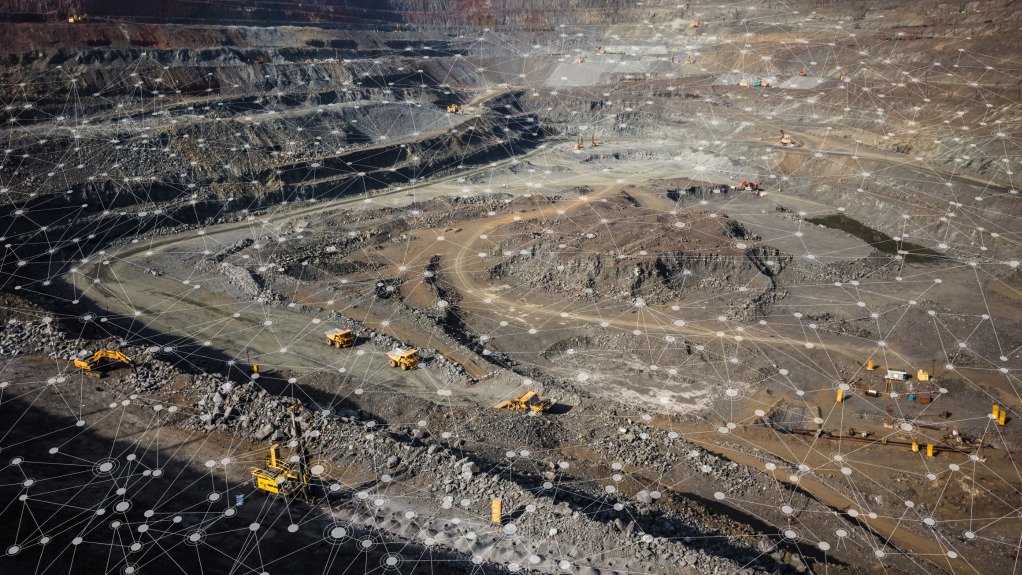In the pursuit of natural resources, the balance between exploration and environmental preservation is paramount. Leveraging connectivity, environmental monitoring technologies have emerged as indispensable tools for ensuring sustainability in resource exploration. This article delves into the critical role of connectivity in environmental monitoring and its implications for sustainable natural resources exploration.
The Imperative of Environmental Monitoring in Resource Exploration
Environmental monitoring is essential for assessing the impact of resource exploration activities on ecosystems, biodiversity, and local communities. Connectivity has revolutionized this process by enabling real-time data collection, analysis, and decision-making, fostering a more proactive and sustainable approach to resource exploration.
Remote Sensing: Eyes in the Sky for Environmental Surveillance
Remote sensing technologies, powered by connectivity, provide comprehensive and timely data on environmental conditions across vast and remote landscapes. From satellite imagery to aerial ops, these platforms offer invaluable insights into habitat changes, deforestation, and pollution, enabling stakeholders to monitor and mitigate environmental impacts effectively.
IoT Sensors: Monitoring the Pulse of the Earth
The Internet of Things (IoT) revolutionizes environmental monitoring by deploying sensors to collect real-time data on air and water quality, soil moisture levels, and wildlife habitats. Connected sensor networks offer continuous monitoring capabilities, enabling early detection of environmental disturbances and informed decision-making to safeguard ecosystems and biodiversity.
Data Analytics: Turning Information into Actionable Insights
Connectivity facilitates the seamless transmission of environmental data to centralized repositories, where advanced analytics tools can process and analyze vast datasets in real time. Machine learning algorithms and predictive modeling techniques enable stakeholders to identify trends, patterns, and potential environmental risks, empowering proactive interventions to mitigate adverse impacts.
Stakeholder Engagement: Empowering Communities for Sustainable Development
Connectivity fosters stakeholder engagement and collaboration in environmental monitoring efforts, empowering local communities to participate in decision-making processes that affect their lands and livelihoods. By providing access to information and fostering dialogue, connectivity promotes transparency, accountability, and inclusive governance in natural resources exploration.
Regulatory Compliance: Ensuring Responsible Resource Management
Connectivity-enabled environmental monitoring systems play a crucial role in ensuring compliance with regulatory requirements and environmental standards. By providing verifiable data on environmental performance, these systems enable companies to demonstrate their commitment to responsible resource management and sustainable development practices.
Risk Management: Mitigating Environmental Threats
Environmental monitoring helps identify and assess potential environmental risks associated with resource exploration activities, such as habitat destruction, water pollution, and soil erosion. Connectivity enables stakeholders to monitor these risks in real time and implement timely interventions to prevent or minimize environmental damage, protecting ecosystems and biodiversity.
Education and Awareness: Promoting Environmental Stewardship
Connectivity facilitates the dissemination of environmental data and information to a wide audience, raising awareness about the importance of environmental stewardship and sustainable resource management. By engaging policymakers, industry stakeholders, and the public, connectivity promotes a culture of environmental responsibility and collective action to address pressing environmental challenges.
Innovation for Sustainability: Driving Technological Advancements
Connectivity serves as a catalyst for innovation in environmental monitoring technologies, driving the development of new sensors, platforms, and analytics tools. As connectivity continues to advance, these technologies will become more accessible, affordable, and scalable, empowering stakeholders to monitor and protect the environment more effectively.
Conclusion: Forging a Path Towards Sustainable Resource Exploration
In conclusion, connectivity is revolutionizing environmental monitoring and sustainability efforts in natural resources exploration. By leveraging the power of connectivity, stakeholders can monitor, analyze, and manage environmental impacts in real time, fostering a more responsible and sustainable approach to resource exploration for the benefit of present and future generations.
#Connectivity #EnvironmentalMonitoring #Sustainability #NaturalResources #RemoteSensing #IoT #DataAnalytics #StakeholderEngagement #RegulatoryCompliance #Innovation
